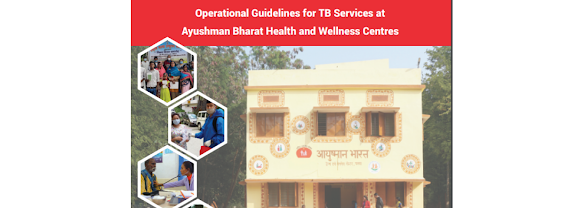Understanding the Different Types of Tuberculosis

Tuberculosis (TB) is an infectious disease caused by the bacterium Mycobacterium tuberculosis. TB can affect almost any part of the body, and it is spread through droplets in the air when an infected person coughs, sneezes, or speaks. It's important to understand the different types of TB that exist so that you can recognize symptoms and get early treatment. Let's explore microbially, clinically diagnosed, and Military TB . Microbiologically Diagnosed TB: Microbiologically diagnosed TB refers to a form of TB where bacteria have been identified in lab tests taken from a patient. The most common type of lab test used for this is sputum microscopy, which involves looking at samples taken from a patient’s lungs under a microscope. Other tests include X-rays and CT scans to look for signs of infection in other parts of the body. Clinically Diagnosed TB: Clinically diagnosed TB occurs when a doctor diagnoses someone with active TB based on their symptoms rather than by having bac...





